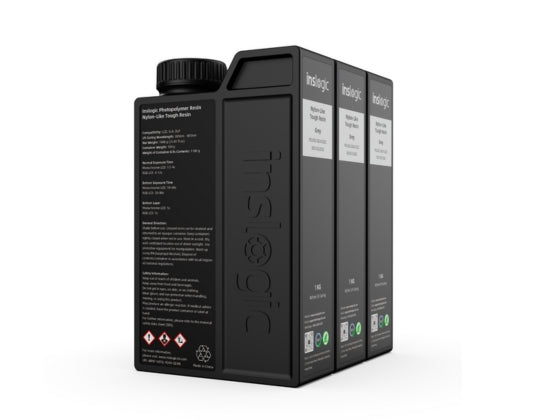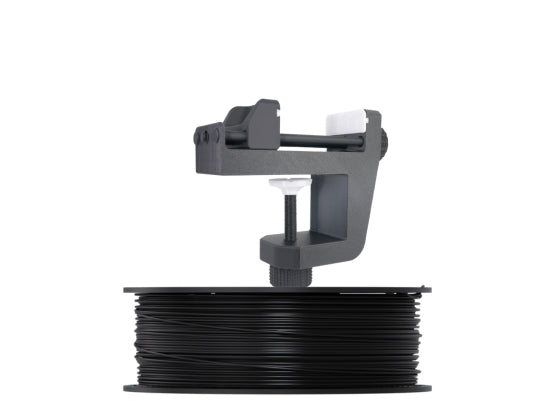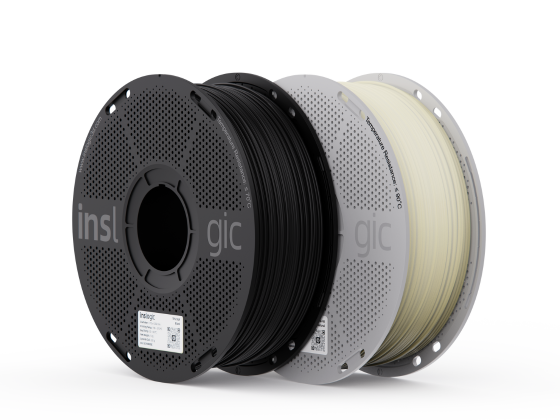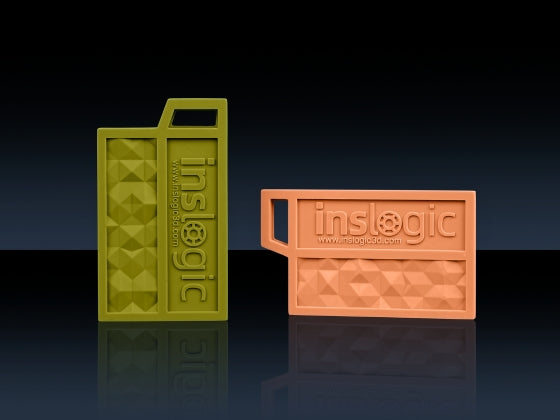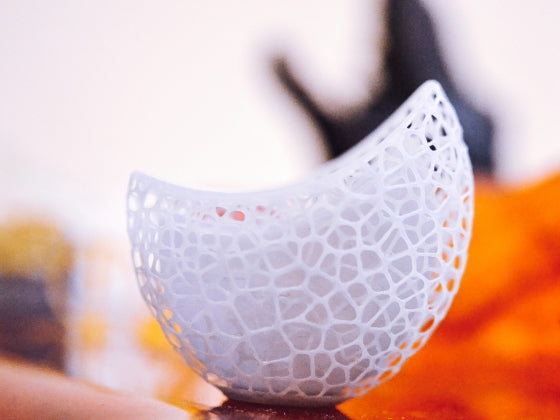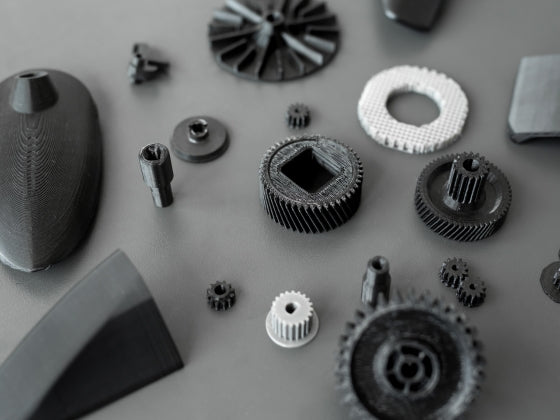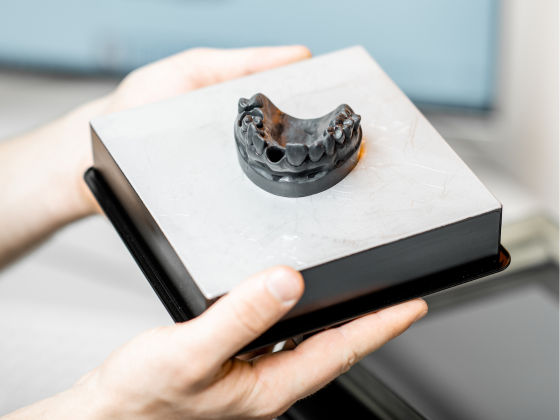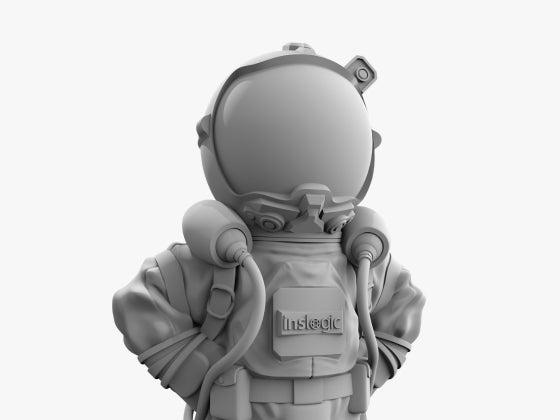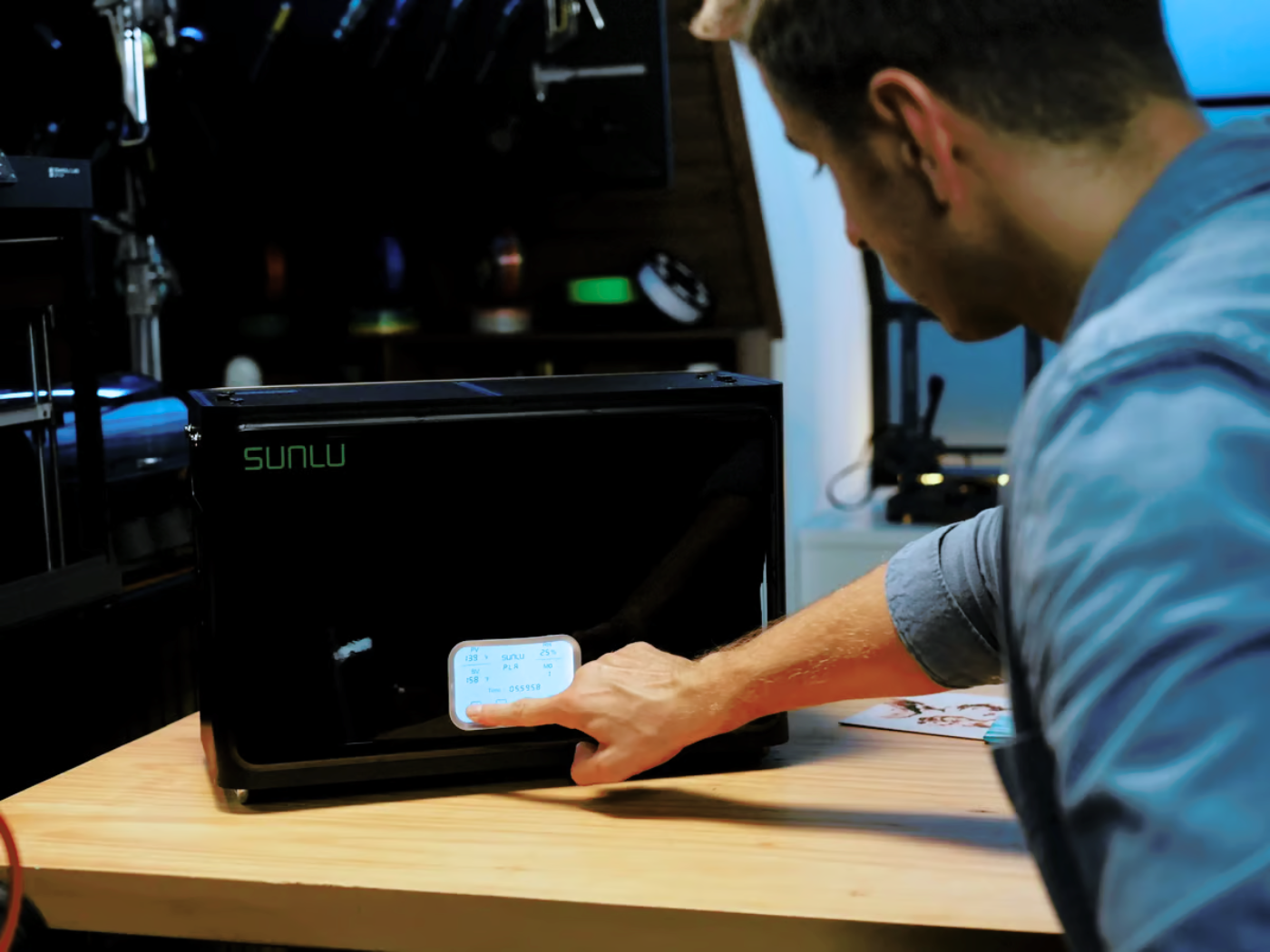Resin 3D printing is particularly well-known for achieving intricate details and exceptional precision, making it a favored choice for crafting miniatures and jewelry. Additionally, it can be used in certain industries such as dentistry, where precise molds or prints are required.
With 3D printing technology, it allows people to bring their ideas to life. However, it is extremely important to protect yourself and others while handling resin. In this article, we will guide you on how to protect yourself and keep the planet safe with proper resin 3D printing safety precautions.
What Is Resin? What Is Resin Made Of?
Resin is the generic term for a photopolymer, a type of liquid plastic that hardens when exposed to UV light. Various 3D printing technologies utilize resin, including three types of vat polymerization - stereolithography (SLA), digital light processing (DLP), and liquid crystal display (LCD).
3D printing resin reacts to light, solidifying upon contact, enabling the layer-by-layer curing of a liquid photopolymer resin using UV light.
Is Resin Toxic?
Yes, most resins are toxic, primarily because we are working with raw materials rather than the final polymer. The process involves a chemical reaction, and it can be dangerous if not handled safely. Therefore, safety precautions are a must.
While you can find some resins on the market that are plant-based and harm-free, it's essential to keep in mind that this doesn't necessarily mean they are entirely non-toxic. You still have to use those products as directed to avoid harm to yourself, others and environment.
Side Effects of Resin Exposure
Here are some side effects of resin 3D printing to keep in mind:- Irritating to the skin and respiratory system. It is crucial never to expose your bare skin to the liquid chemicals present in 3D printing resin, as they may lead to contact dermatitis - a surface rash that could progress into an allergy with prolonged exposure to resin. This caution extends to your lung health as well. Ensure that you always work in a well-ventilated area to prevent resin fumes from entering your lungs, causing irritation and potential harm.
- Never allow contact with eyes or ingestion. If accidental exposure occurs, promptly rinse with plenty of water and consult your doctor if irritation persists.
- Harmful to the environment and ecosystems. Scientific studies have revealed that certain components in printer resin can damage the central nervous systems of fish and other aquatic animals, ultimately leading to their death. The presence of nanoparticles is another significant concern, as they are an inevitable byproduct of 3D printing. Thus, it is essential to manage your waste responsibly.
- Thorough curing process required. A UV light (or sunlight if accessible) is employed to initiate the curing process, fully hardening the surface of the print. This step is crucial to prevent any resin residue on your parts and ensures that the finished product is safe to touch even without gloves.
Safety Precautions for Working With Resin
Concerning resin chemicals, exposure can occur in 3 different ways: ingestion, inhalation, or direct skin contact. Here are a few ways to make sure you stay safe when printing with resin:
1. Using Personal Protective Equipment.
- Safety gloves (chemical-resistant gloves: nitrile or neoprene)
- Safety goggles
- Respirator mask
- Safety apron (clothing that covers your arms and legs properly)
Safety gloves. Never touch the liquid chemicals of 3D printing resin with your bare skin. Wear appropriate chemical-resistant gloves (nitrile or neoprene). Do not use latex gloves. Gloves should have extended cuffs if available.
How To Get Resin off Hands?
If resin comes into contact with bare skin, immediately wash the area with soap and lots of water, and consult your doctor if irritation persists.
Safety goggles. Protect your eyes and the surrounding area by wearing goggles to prevent accidents.
Note: Keep in mind that gloves and goggles should be used at all times in case of any accident occur.
Respirator mask. Wearing a respirator face mask can protect you from both inhalation and ingestion of toxic resin chemicals. Due to the significant concern regarding the presence of nanoparticles, mask should be worn at all times while handling resin.
Safety apron. Wear protective clothing that covers your arms and legs properly in case resin can soak through and irritate your skin. Don't forget to wear proper shoes.
 Safety gears for resin 3D printing
Safety gears for resin 3D printing
2. Work in a ventilated area.
The ideal scenario is to work in a well-ventilated area. However, if you're a home hobbyist, set up your workspace near a window that can open and install a ventilation fan. Ensure you're not working in a sealed environment where the fumes have nowhere to go but into your lungs.
3. Do not eat, drink or smoke in work area.
Eating, drinking, or smoking while working with resin makes it too easy for resin to get into your mouth. Keep resin away from sparks and flames (especially flammable materials). If you need to take a break, remove all your safety gear and leave the room entirely. Ensure you wash your hands thoroughly.
4. Read all safety and operating instructions beforehand.
Every resin comes with a “Material Safety Data Sheet”, offering details on specific hazards, proper material handling and storage, and guidance in case of skin contact. Familiarize yourself with the use of these data sheets, carefully read the warnings and instructions before printing, and research any unfamiliar terms or procedures.
5. Cure any resin you intend to dispose of.
It is safe to use after you have completely cured your resin. Use resin to its last drop if possible. If not, cure any resin you plan to dispose of to protect the environment. Transform the remaining liquid resin from toxic to harmless by curing it with UV light until it is completely hardened.
6. Clean up work area.
Keeping a clean workplace limits toxic exposure for both you and your environment. Ensure that your kids and pets stay away from resin to prevent any potential hazards.
The toxic side raises concerns for individual users and the environment, especially when used without precautions. With this guide in mind, following the right procedures, there's no reason to avoid resin 3D printing.

